Advertisement
Beacon Hill's Iconic Gas Lamps Are Going Green
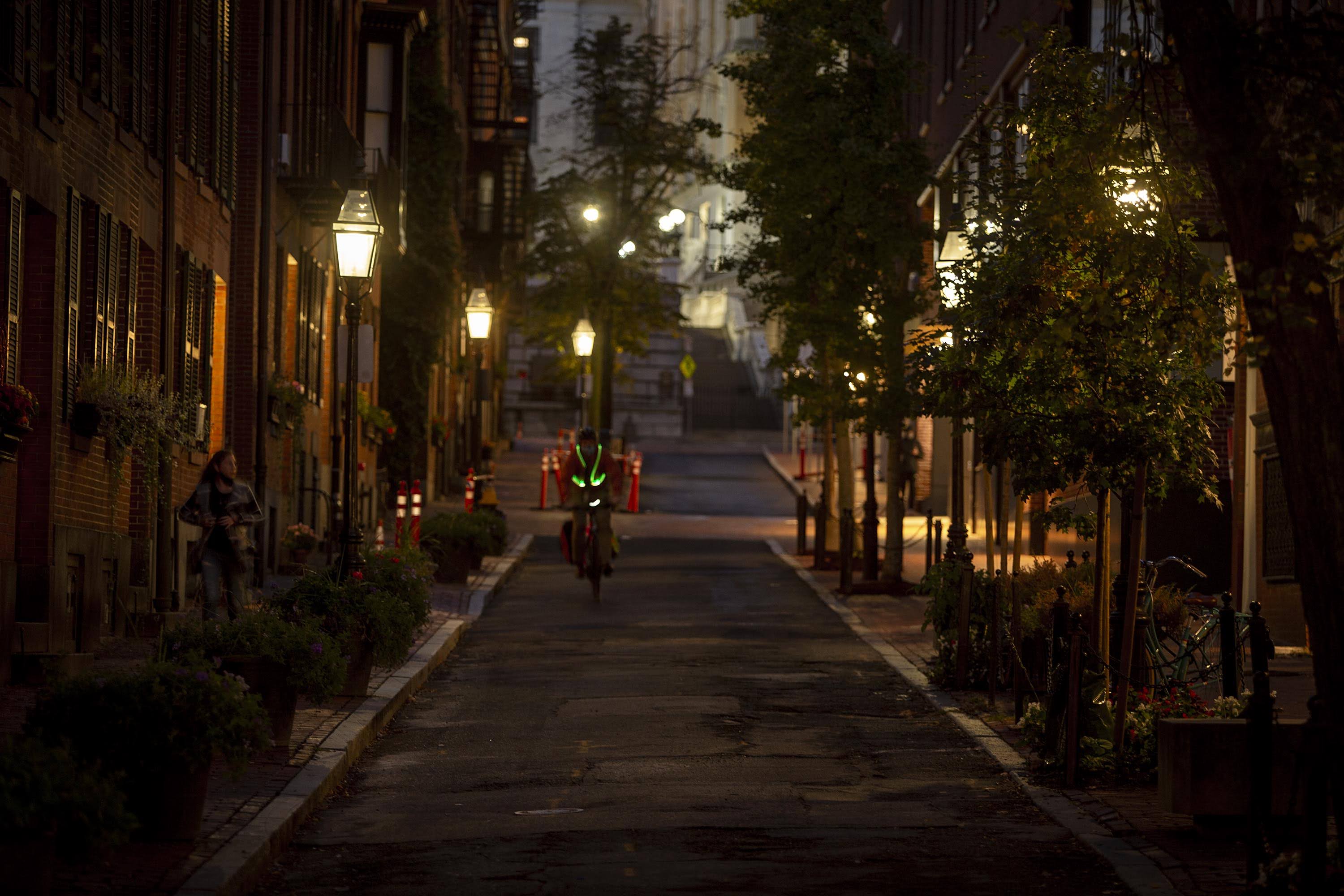
Ania Camargo has lived on Boston's Beacon Hill for three decades. From her brick row house on Temple Street you can see the side of the gold-domed State House.
"It’s a beautiful one-block street on Beacon Hill," she says.
The posh neighborhood is famous for its pre-revolutionary homes, red brick sidewalks and quaint, narrow streets. But some residents — including Camargo — say it’s time for a change: They want the city to convert their street’s iconic gas lamps to LED lights.
Camargo is part of the Massachusetts State Leadership Team for the climate change organization Mothers Out Front and — full disclosure — a member of WBUR’s Community Advisory Board. She points out that while Beacon Hill is the oldest historic district in Massachusetts, the gas lamps are not antiques.
The neighborhood was updated in the 1960s and '70s. Temple Street's brick sidewalks were widened, the road narrowed, and parking banned to make it a mostly pedestrian way. And, in 1977, Boston Gas installed 16 quaint gas lamps to make the street look more historic.
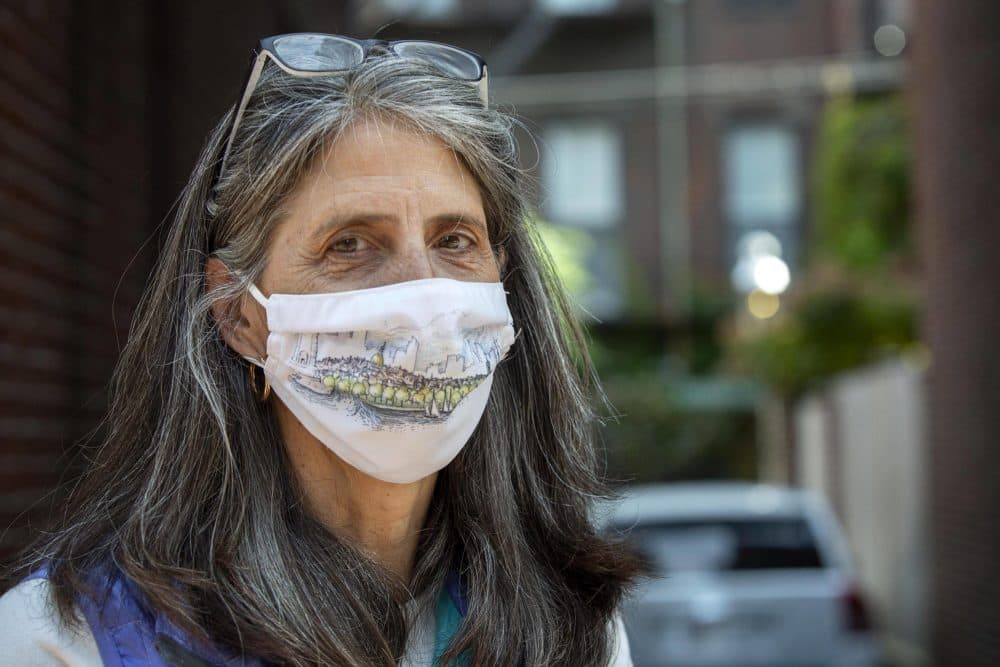
The lamps burn gas 24/7, and they're undeniably attractive. Where a harsh mercury vapor electric bulb once glared on Temple Street, the lamps now cast a warm glow on brick row houses. But gone are 11 of the 16 trees planted alongside the gas street lamps.
Camargo says methane, the main component of the natural gas fueling the lamps, has seeped into the soil from underground pipes.
"What methane does is that it slowly asphyxiates the tree," says Camargo, "and that’s what’s happening, so all of our trees are dying."
The smell of natural gas is detectable on the street even through a cloth face mask. The gas is coming through small holes in the street that National Grid drilled to measure leaks. "That’s why all of the neighbors keep calling National Grid," Camargo says. "We’re really frustrated."
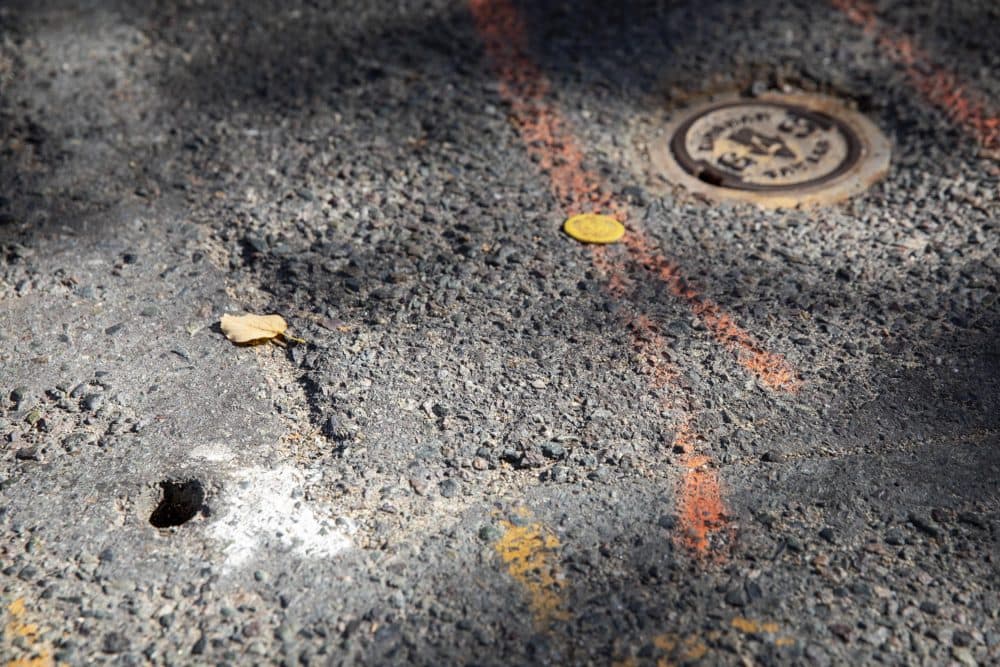
Christine Milligan, a spokesperson for National Grid, says the company has "repaired dozens of leaks in that area over the past several years." National Grid supplies gas and maintains the pipes on Beacon Hill, and Milligan says they're going to fix the leaks on Temple Street.
"We do have a plan in place to replace that gas main and those services," Milligan says.
"This is a really stubborn portion of our greenhouse gas emissions."
Chris Cook
But Camargo says replacing the gas main won’t help the trees — she claims the problem is the tiny leaks in pipes leading to the gas lamps.
"A year ago when National Grid was out here, one of the workers said to me, ‘Well, if you don’t want gas killing your trees, why don’t you get rid of your gas lamps?' "
A light bulb went off. Camargo got 32 residents of Temple Street to sign a petition asking the city to replace the gas lamps with energy-efficient LED lights. She presented the petition to Chris Cook, Boston’s Chief of Environment, Energy and Open Space. Cook enthusiastically embraced the idea.
"We’re really excited about it," Cook says. "It shows there’s excitement within our communities to decarbonize."
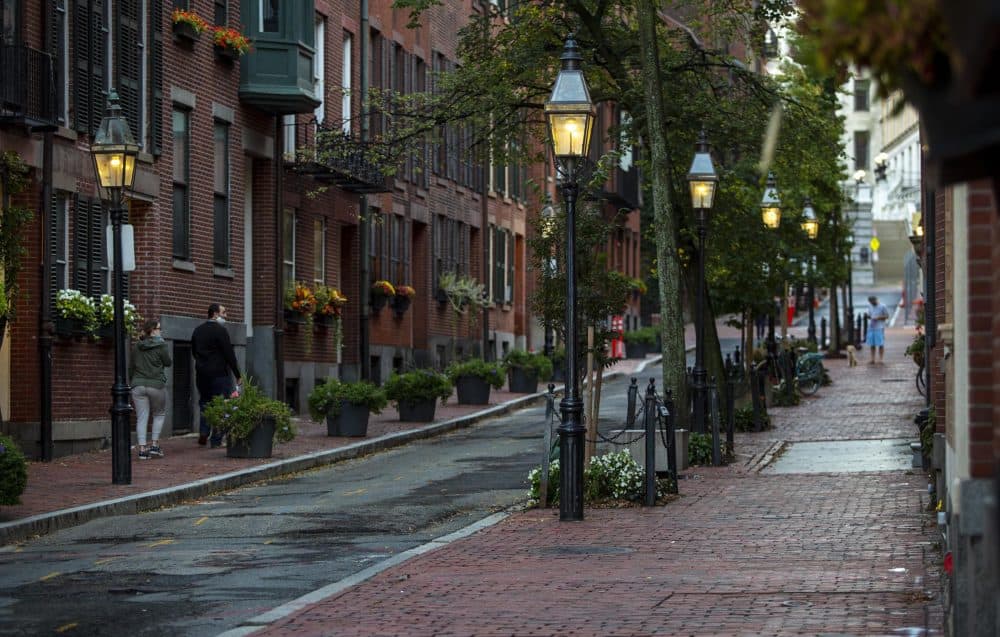
Mayor Marty Walsh has set a goal of making the city carbon neutral by 2050. Just 4% of the city’s street lights are gas lit but, says Cook, they account for 37% of the climate-changing emissions from street lights.
"This is a really stubborn portion of our greenhouse gas emissions," Cook says. "It just doesn’t make sense to have natural gas burning day and night for these lights."
The Mayor’s office has allocated $400,000 for a pilot project to replace the 16 gas lamps on Temple Street, and also study what it would take to switch all of Boston’s 2,800 gas lights to LEDs.
"Trying to replace gas lamps with LED electric lamps to reduce the carbon footprint just replaces gas with gas."
Robert Whitney
Reducing greenhouse gas emissions is not the only benefit, says Michael Donaghy, Superintendent of Street Lighting in Boston. Keeping those gas lights burning is expensive.
"Our rough cost per year is upward $200 to $250,000 just for basic maintenance," he says. That’s in addition to $1.1 to 1.2 million annually for gas, he says.
And for those who don’t want to see the old glow go, Donaghy says the new modern LED fixtures are dead ringers for the gas burners.
"From a design perspective they’re a virtual carbon copy of what’s there — which is exciting — but they’re electrified," he says.
But not everyone is ready for the change. "They are part of what we call the 'Beacon Hill historic fabric,' part of what makes Beacon Hill Beacon Hill," says Robert Whitney, chair of the Beacon Hill Civic Association, which gets a say in architectural changes to the historic district.
Advertisement
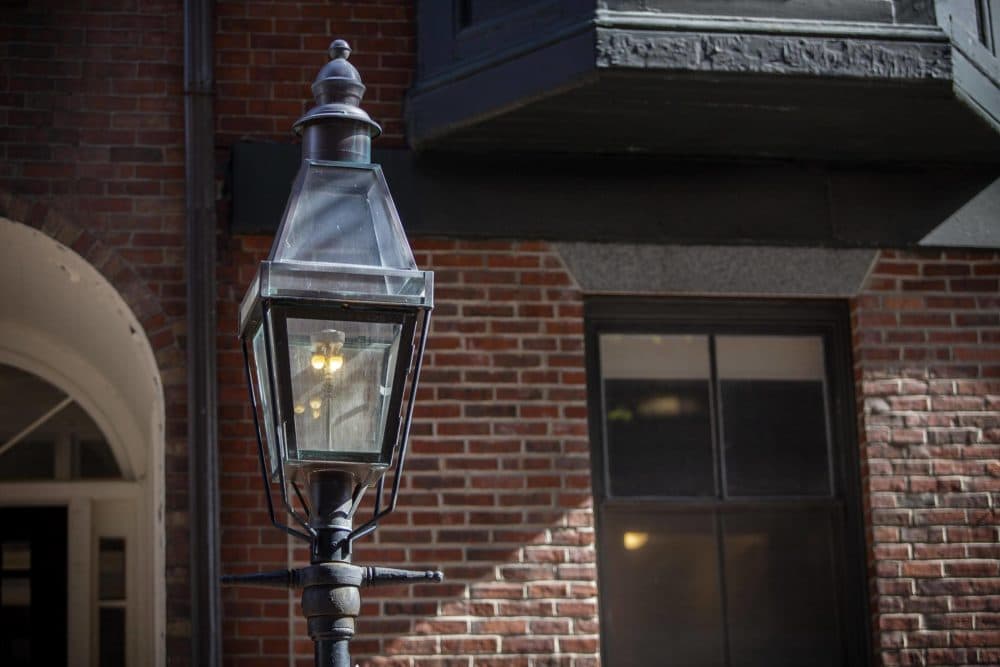
Whitney supports renewable energy — he says he has solar panels on his Maine summer home. But he notes that most of the electricity in Massachusetts currently comes from burning natural gas.
"It seems to me, at this point in time, trying to replace gas lamps with LED electric lamps to reduce the carbon footprint just replaces gas with gas," he said.
But Whitney’s top concern is that until contacted by WBUR, he hadn’t heard that the LED pilot project on Temple Street was going forward.
Chris Cook, the city official leading the effort, says this is just the start of the conversation. He and Whitney plan to discuss the Temple Street project later today.
"Over the next year and a half or so, we’ll make sure we’re engaging with the community every step of the way," Cooks says. "But what is exciting is that we can reduce carbon emissions and keep the beauty of our neighborhoods."
This segment aired on October 27, 2020.
